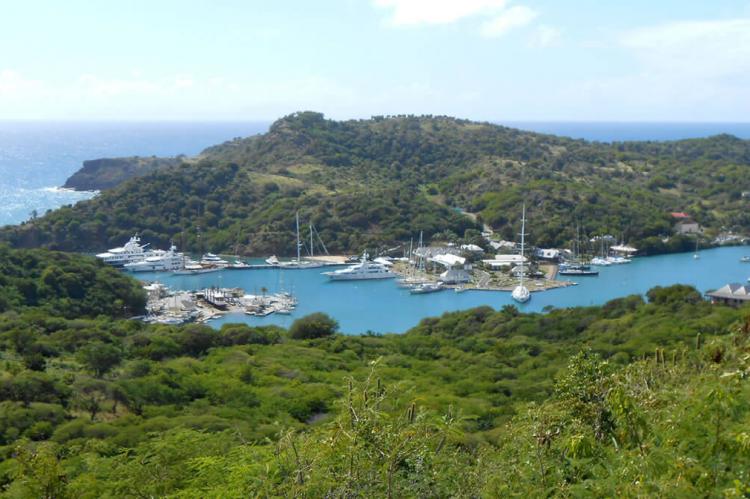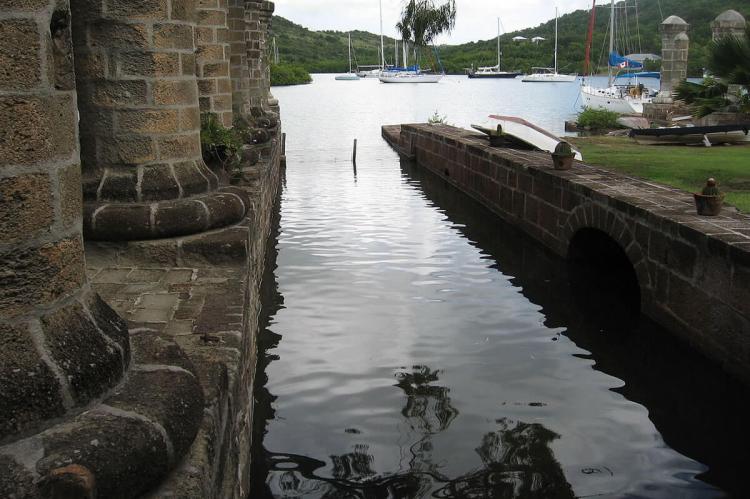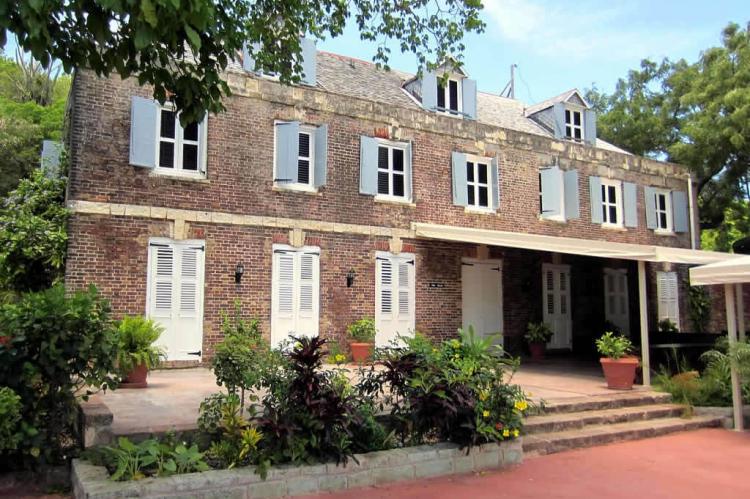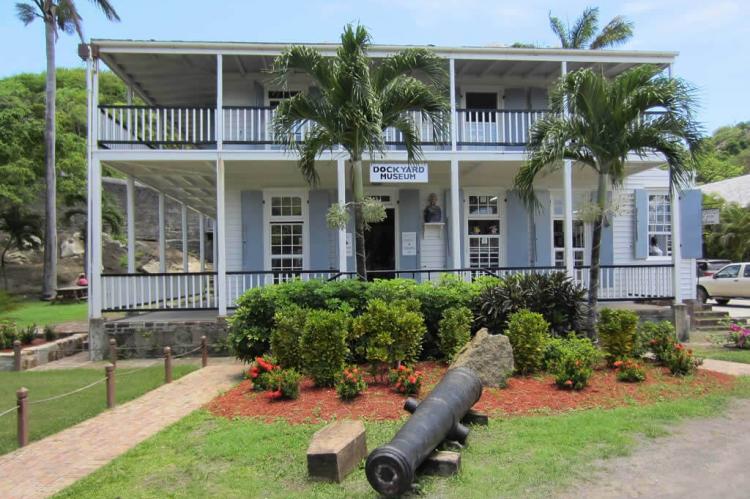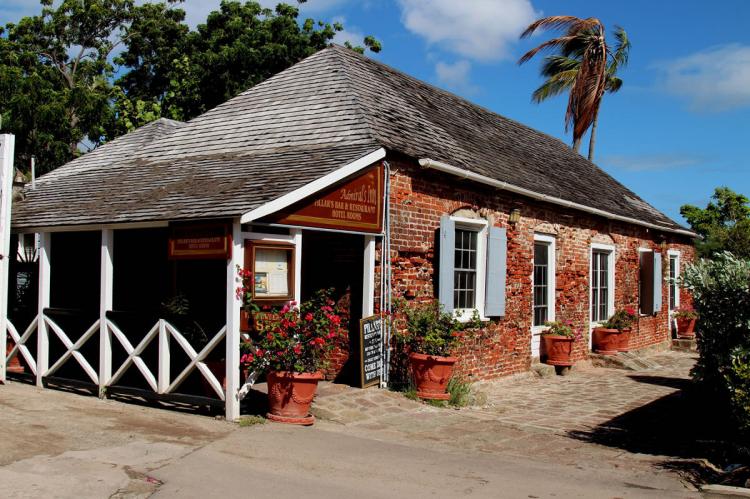English Harbour and Nelson's Dockyard (Antigua)
Nestled on Antigua's scenic southern coast, English Harbour and Nelson's Dockyard embody a historic maritime enclave. This UNESCO World Heritage Site, blending natural beauty with architectural marvels, is a testament to Antigua's strategic significance and the British Empire's naval prowess.
English Harbour and Nelson's Dockyard in Antigua
A Maritime Legacy
Nestled along the picturesque southern coast of Antigua, English Harbour and Nelson's Dockyard form a historical maritime enclave that resonates with the echoes of colonial endeavors, naval supremacy, and the legacy of Admiral Horatio Nelson. This UNESCO World Heritage Site, encompassing both natural and artificial marvels, stands as a testament to Antigua's strategic importance and the naval prowess of the British Empire.
Historical Context
The story begins in the 18th century when Antigua became a focal point for British naval operations in the Caribbean Sea. The British Royal Navy established its headquarters in English Harbour, recognizing the need for a well-equipped harbor. Under the command of Admiral Horatio Nelson, the Dockyard gained significance during pivotal moments in naval history, including the Napoleonic Wars.
Nelson's Dockyard: A Naval Marvel
Nelson's Dockyard is at the heart of English Harbour, a naval facility constructed between 1725 and 1745. The Dockyard was designed to serve as a comprehensive center for maintaining and repairing British naval vessels operating in the Caribbean. Its strategic location offered sheltered waters and a well-protected environment for ships undergoing refits, repairs, and resupply.
The Dockyard's architectural ensemble comprises a series of meticulously designed structures, including the Sail Loft, Naval Officer's Quarters, and the Boat House. Each building reflects the craftsmanship and engineering ingenuity of the colonial period. The Sail Loft, where sails were crafted and repaired, stands as a testament to the precision and skill of the artisans of the time.
Strategic Importance
Nelson's Dockyard was crucial in securing British dominance in the Caribbean. It served as a base for naval patrols, safeguarding British territories and trade routes. The Dockyard's maintenance and repair capabilities ensured the British fleet's longevity and efficiency, contributing significantly to the imperial naval strategy.
UNESCO World Heritage Recognition
In 2016, UNESCO bestowed World Heritage status on English Harbour and Nelson's Dockyard, acknowledging their outstanding cultural and historical significance. This recognition underscores the need to preserve and appreciate this maritime treasure.
Modern-Day Attractions
Today, English Harbour and Nelson's Dockyard are not merely historical artifacts but thriving attractions that seamlessly blend the past and the present. The restored buildings now house museums, galleries, and modern amenities, creating a dynamic space where visitors can delve into history while enjoying contemporary comforts. The Admiral's Inn and Copper and Lumber Store Hotel repurposed from their original roles, provide a unique blend of historical immersion and modern hospitality.
Cultural Immersion and Legacy
The site serves as a living testament to the convergence of cultures, showcasing the skills of both European and local artisans. The legacy of Nelson's Dockyard extends beyond its historical structures, encapsulating the resilience and adaptability of the people who shaped this maritime hub.
Conclusion
English Harbour and Nelson's Dockyard in Antigua transcend being mere remnants of the past; they are living narratives of a bygone era. This UNESCO World Heritage Site invites visitors to immerse themselves in the rich maritime history of the Caribbean, where wooden ships once ruled the seas and strategic harbors played a pivotal role in the grand theater of imperial ambitions. As the trade winds whisper through the masts of restored sailboats, the enduring legacy of Admiral Horatio Nelson and the colonial era comes alive in this captivating corner of Antigua.
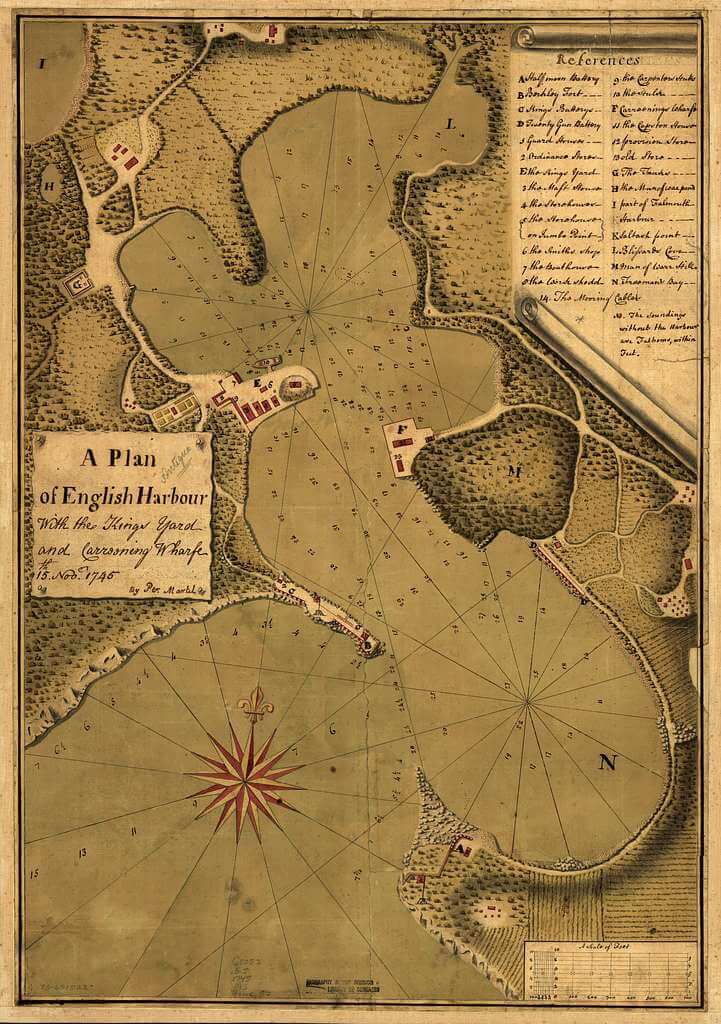
A plan of English Harbour, with the King's yard and careening wharf, 15th. Nov. 1745
